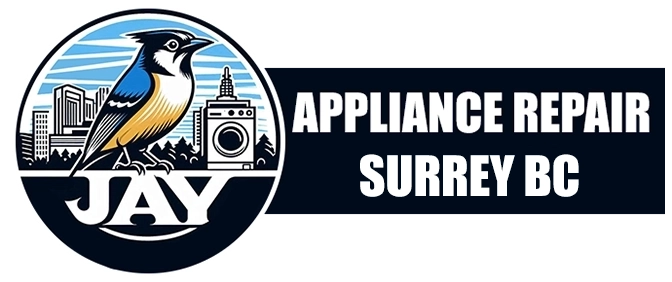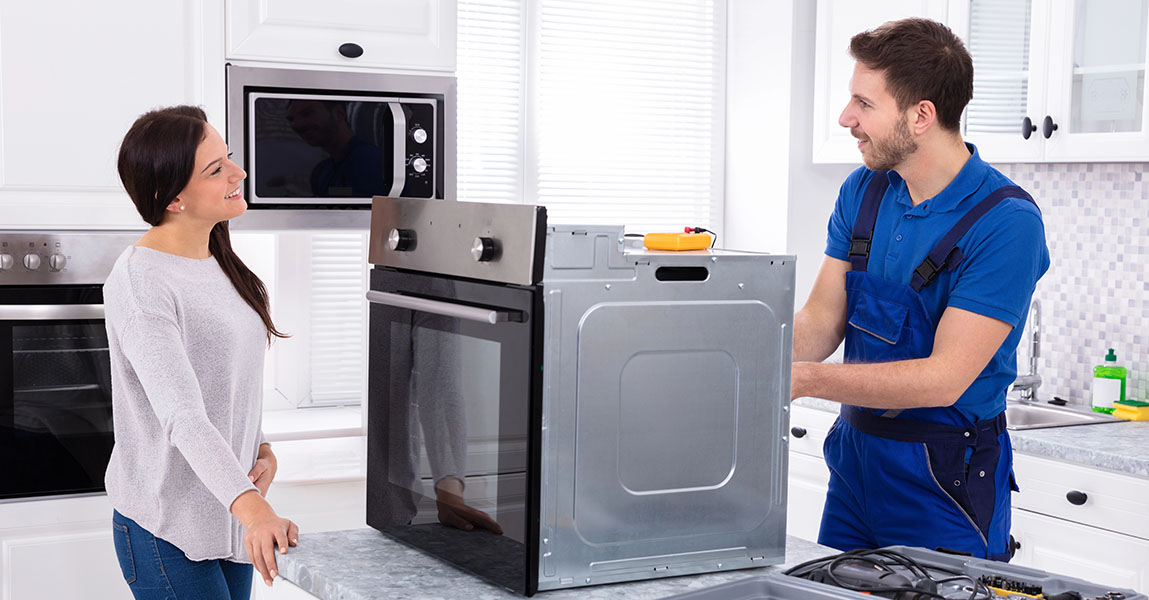When meals come out undercooked or burned, many of us blame the recipe or cooking method. However, in some cases, the real issue is the oven thermostat. This small but essential part controls the oven temperature, and when it is off, everything we cook is affected. At JAY Appliances, we want to explain how to recognize thermostat problems early so you can prevent bigger issues.
Inconsistent Cooking Results
Sometimes the first sign of a faulty thermostat is uneven cooking. We may notice one side of a dish browning faster than the other, or a meal that should take 40 minutes ends up needing over an hour. This inconsistency suggests that the oven is not maintaining the temperature it displays.
Other times, baked goods collapse even though we followed the recipe carefully. That is because the thermostat may be letting the temperature swing too high or too low. When this happens regularly, it is a clear signal that calibration or replacement may be needed. For support, reliable appliance repair services in Surrey can help confirm the cause.
Oven Temperature Does Not Match the Setting
Another common problem is when the oven simply does not heat to the selected temperature. For example, we may set it to 350°F, but a thermometer placed inside reads only 300°F. In other cases, it may overshoot and reach 400°F instead.
This mismatch creates frustration since recipes are built around precise heat levels. A slight difference can ruin a roast or dry out cookies. Checking with an oven thermometer is a practical way to test the accuracy. If the gap is more than 25°F, it usually means calibration is required, and in some cases replacement may be the only solution.
The Oven Takes Too Long to Heat Up
Sometimes we notice that the oven seems slower than before. Preheating that once took 10 minutes now drags on for much longer. This often points to a thermostat that is no longer responding correctly to the heating elements.
We might also see that once the oven reaches the set temperature, it struggles to keep it steady. That instability can cause food to cook unevenly or longer than expected. If we consistently wait too long for preheating, it is worth checking whether the thermostat is the root cause.
Burned Food on Standard Settings
When food comes out burned even though we used the same settings we always have, it is a strong warning sign. A thermostat that allows the oven to run hotter than the setting can make cooking stressful. We may try lowering the temperature manually, but without a proper fix the issue will continue.
For instance, a cake that should bake at 350°F may actually be cooking at 425°F. That difference is enough to scorch the outside while leaving the inside raw. Instead of wasting more ingredients, it is better to arrange a proper checkup. Local experts who handle stove repair in Surrey can diagnose whether calibration or replacement is best.
Thermostat Knob or Display Feels Loose
Physical signs can also reveal trouble. A loose knob or digital display that flickers may mean the thermostat is not registering inputs correctly. When that happens, we cannot trust that the oven is adjusting as it should.
Sometimes the knob slips and does not line up with the temperature markings. Other times the display lags or jumps between numbers. These are not just small annoyances; they can point to deeper wear in the thermostat. Ignoring these early warnings could result in complete failure of the control system.
Strange Smells or Electrical Symptoms
An oven thermostat that is failing may also create unusual smells. We might notice a burnt plastic scent or even hear faint clicking that was not there before. These signs could indicate electrical components inside the thermostat are overheating or malfunctioning.
Since ovens use high power, ignoring such symptoms can be unsafe. If we detect them, we should stop using the appliance until it is inspected. In these cases, replacement is often the safest choice to prevent electrical hazards in the home.
Extra Tip: How to Test Before Calling a Technician
A simple way to test the thermostat at home is with an oven thermometer placed in the center of the rack. We can set the oven to 350°F and compare the reading after 15 to 20 minutes. Doing this test three or four times can show whether the thermostat is off by a consistent amount.
If the readings are always high or always low, calibration may solve the issue. But if the results swing widely, replacement is likely needed. This test helps us give accurate information when contacting a repair service, saving time during the appointment.
When to Call for Professional Help
Although small adjustments can be made at home, most thermostat issues require professional tools to fix. Trying to replace parts without experience may cause more damage or safety risks.
That is why reaching out for expert service is the best next step. Our team at JAY Appliances is always available to guide customers who face persistent oven problems. If your oven shows any of these signs, you can easily contact us to arrange proper repair. Acting early prevents wasted food, higher energy bills, and unnecessary stress in the kitchen.
FAQs
How often should an oven thermostat be calibrated
Most ovens do not need frequent calibration. However, if we notice changes in cooking performance, testing once a year is a good idea.
Can I replace an oven thermostat myself
It is possible but not recommended. The process involves electrical parts that can be unsafe without proper training.
What causes an oven thermostat to fail
Normal wear, electrical surges, and buildup of heat over many years are common reasons for failure.
Does calibration always fix thermostat problems
Not always. If the thermostat is severely worn or damaged, replacement is often the only reliable solution.
Why does my oven smell strange when heating
Strange smells may signal failing electrical parts in the thermostat or other components. It should be checked quickly to prevent hazards.

